5 important lessons by a master of photography – Lu Nan (呂楠 )
Aug 16, 2019Intro
Lu Nan (born 1962) is a legendary Chinese photographer and a Magnum correspondent.
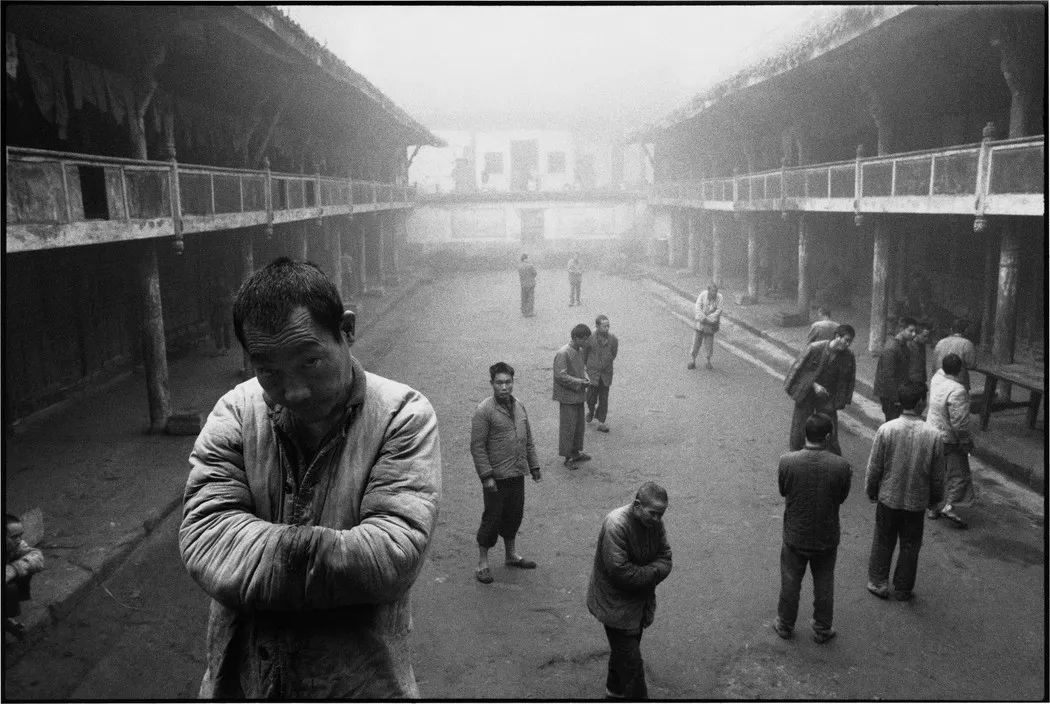 Lu Nan, 1990 (Magnum Photos)
Lu Nan, 1990 (Magnum Photos)
By nature, Lu is extremely reserved. He keeps a very low profile and doesn’t appear much in public. In fact, apparently, he even doesn’t like to talk about his work in his own exhibitions - appearing there only as a visitor. Somewhat ironically, there are also very few portraits of him.
He has released three major works. In 1989 he started The Forgotten People: The Condition of China’s Psychiatric Patients (completed in 1990); in 1992 he started the On The Road: The Catholic Faith in China (completed in 1996) and in 1996 he began the Four Seasons: Everyday Life of Tibetan Peasants (completed in 2004). These were combined together in a single book and released as Trilogy last year.
In 2006, he also completed a project in Burma about drug addicts.
His photographs of people are often quite somber and even eerie that will not leave anyone indifferent.
Immerse in your work deeply
In his Trilogy, he focuses on people. The Forgotten People shows the lives of mental patients and their sufferings (he visited 38 mental hospitals); On the Road is about the daily lives of the people in church (he visited more than 100 churches) and Four Seasons is about the regular farmers and peasants of Tibet (during the 8 years he spent at least half of the time living there).
Through these photographs, I hope to find the basic and long-lasting characters of human beings.
Lu Nan
It took him 15 years to complete this massive body of work.
Lu clearly did not finish his projects in a hurry. He committed to his work and took it obviously very seriously. For him, it’s about the work, not about the fame.
 Lu Nan, 1993 (Magnum Photos)
Lu Nan, 1993 (Magnum Photos)
Now compare this work ethic and attitude to some Instagram photographers who can’t wait to get the likes on their photo of a lavender field - yet another meaningless photo to join thousands of similar photos to be forgotten as quickly as it was shot.
I did that, as well. I chased the likes and followers until I realized how pathetic and pointless it is. More likes or followers is not going to make you a better artist. Doing the work will make you better.
Respect your subjects
Lu was asked how he is able to take photographs of his subjects e.g., the drug addicts in Myanmar (aka Burma) and he answered by saying:
“I just respect them and care about them. … They are the same as us.”
Lu Nan
Now, even though Lu Nan is not very active in the busy social life and prefers to stay quietly behind the scenes, he must have great social intelligence. You need excellent social skills and empathy for people to let you inside their homes and to photograph them.
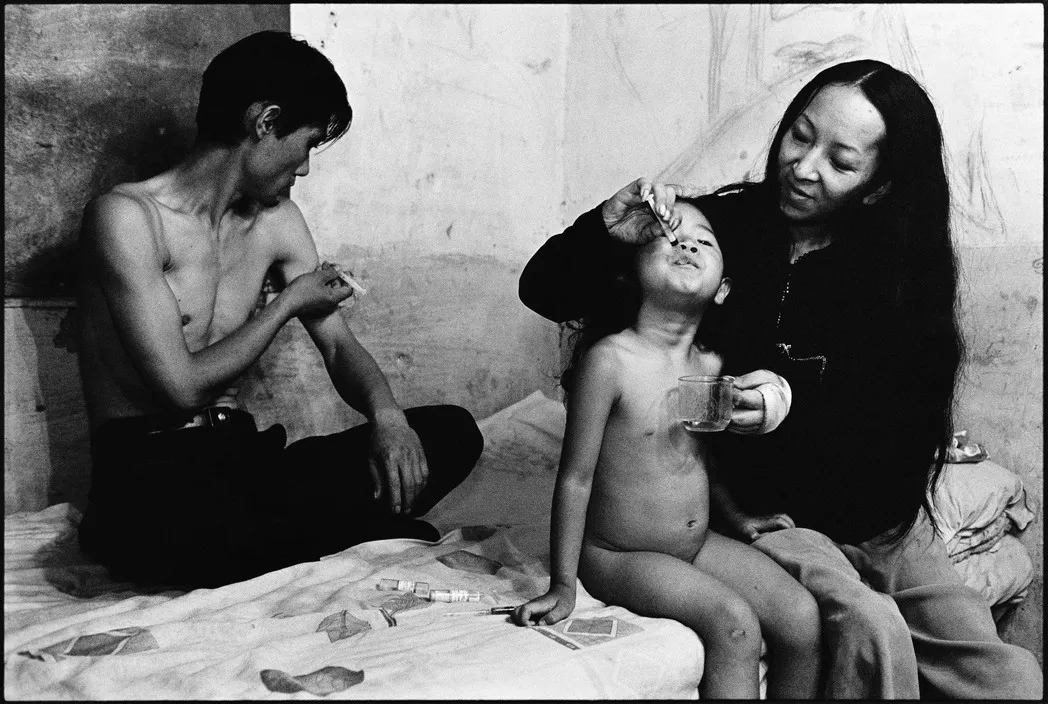 Lu Nan, 2006 (Magnum Photos)
Lu Nan, 2006 (Magnum Photos)
I think what Lu Nan really means by this quote, is to be normal, not to treat them as freaks or as simply something to photograph.
A parallel can be drawn on how most “regular” people act around celebrities. They are unable just to be normal and treat them with respect. They start to act really weird around them, putting them on a pedestal and so on. This is why celebrities only hang out with other celebrities. They can be at ease around them, knowing that this other person doesn’t want or need something from them (selfie, autograph, answers to their questions, and so on).
If you can be normal with people who have higher status than you just as well as you can with people in a lower position, is a sign of high social intelligence.
Photographic whole
The strength of the chain is decided by its weakest link. I think the same applies to photography: you’re only as good as your weakest image.
Each image of mine is independent, although each image serves to form a whole. Therefore, I do not have one photograph that makes more impression than the others.
Lu Nan
How many bands have made one-hit wonders and then disappear as quickly as they appeared? How many bands have put out good work consistently over decades and remained relevant?
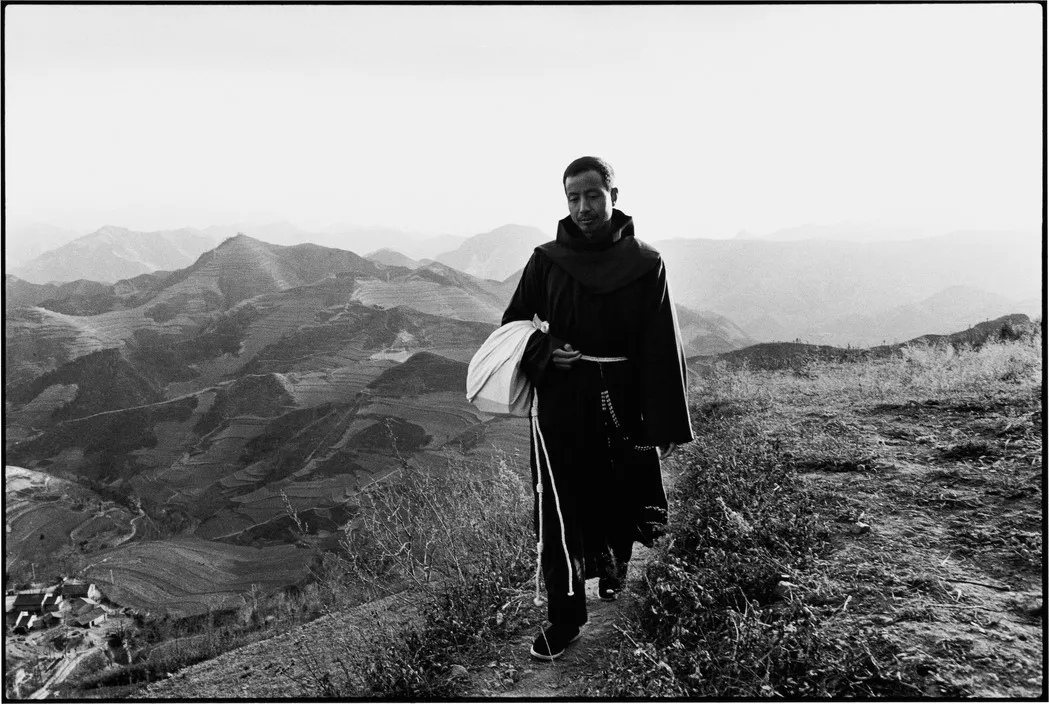 Lu Nan, 1995 (Magnum Photos)
Lu Nan, 1995 (Magnum Photos)
When Martine Franck made her first famous photo in Nepal, Koudelka told her that if she makes ten more similarly worthy photographs, then she can be considered to be a great photographer. As we know, Martine made many great photos after that.
This is why Magnum photographers are the cream of the crop photographers. They put out amazing images consistently. They don’t depend on one or a few good images.
Use black and white to express a certain mood
There’s something unexplainable in black and white photography that makes it very different from color. Note: not better but different!
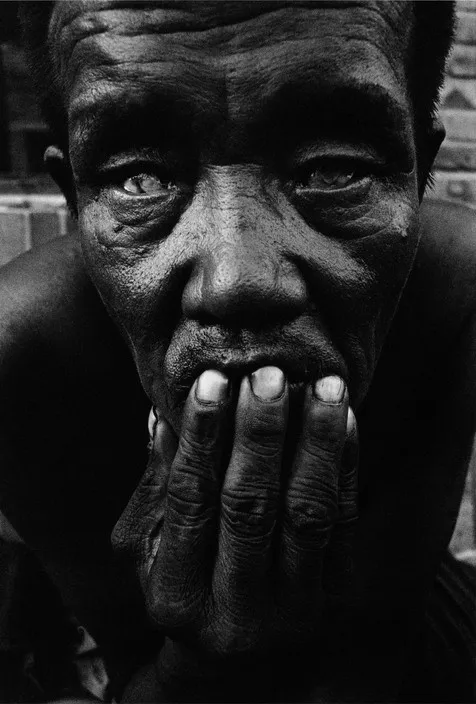 Lu Nan, 1989 (Magnum Photos)
Lu Nan, 1989 (Magnum Photos)
I believe both black & white and color photography can produce good works. I choose to shoot in black & white, first because of my subject - most of them are in black, grey & white tone; another reason is that black & white photographs can express serious and deep thoughts better.
Lu Nan
I’m personally also drawn to black and white grim images. I’ve always liked the deepness and darkness in art.
Nearly a decade ago, when I was into mixing electronic music, I was also inspired by the chilling deep and dark minimal vibes. The darker, the better.
Although I don’t mix music anymore, the same tendency continues in my photography.
I don’t think using color film would fit Lu Nan’s photographs of the Trilogy at all. Black and white emphasizes what he’s trying to convey. Color would weaken that considerably in my opinion. Pain and sorrow, and black and white go hand in hand.
Of course, that doesn’t mean all black and white photos are about pain and sorrow.
Photography is a study of light
Without light, you don’t have a photograph. Except if you use an infrared flash - which I believe is nevertheless considered to be “light.”
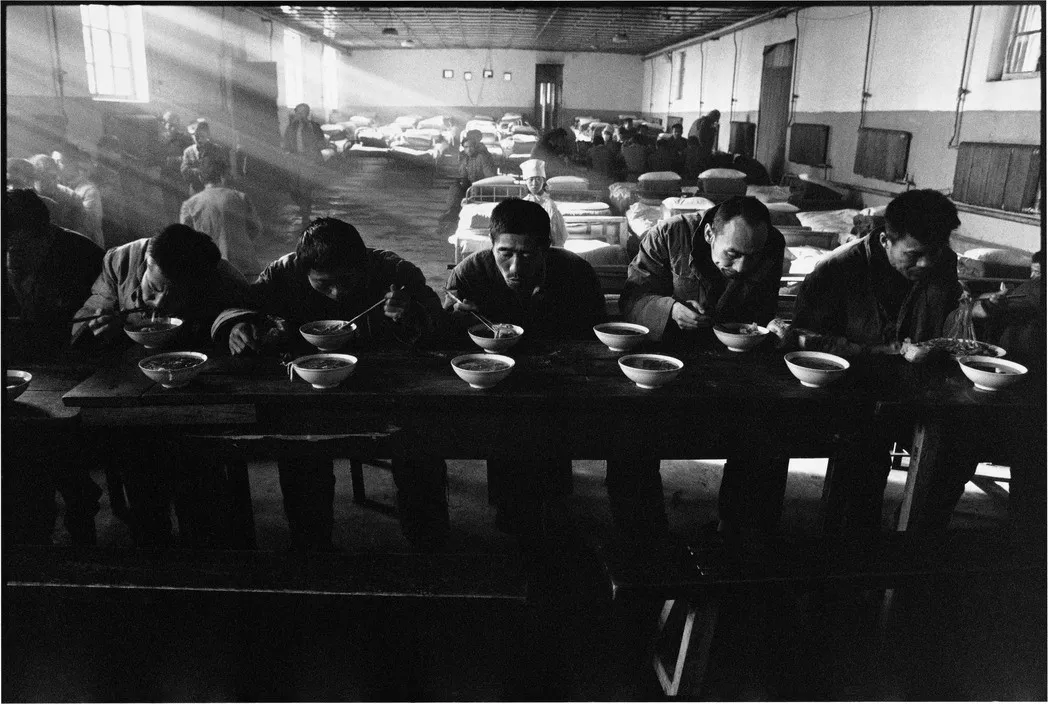 Lu Nan, 1989 (Magnum Photos)
Lu Nan, 1989 (Magnum Photos)
Either way, different light can drastically change the feel of a photograph. Lu Nan is a master in understanding the light, and he creates a series of photos where light touches on people’s faces or where it forms a silhouette.
In order to be a good photographer, it is necessary to have a good understanding of light - and that doesn’t mean to only when is the golden hour.
I you want to know the story behind these and many other great photos, I recommend checking out his Magnum profile page.
KRISTJAN